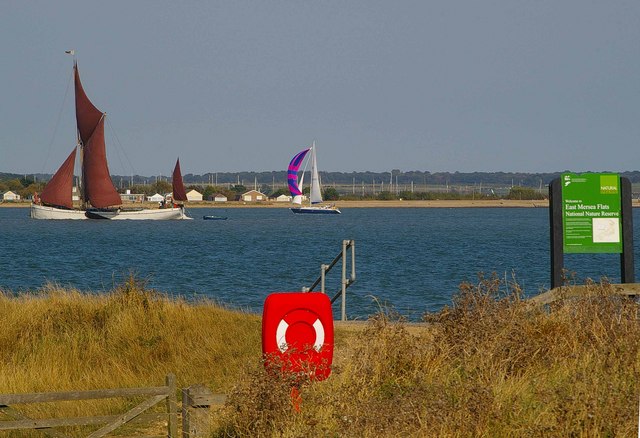For the other main settlement on the island, East Mersea, it’s all about the wildlife. The salt marsh and mudflats are a haven for birds such as plovers, dunlins and oystercatchers. In addition to this, there is plenty of interest for fossil enthusiasts. The pleistocene interglacial sediments here have yielded the remains of small mammals, but more dramatically have thrown up hippopotamus remains. Cudmore Grove Country Park, at the eastern end of Mersea Island, is a good place to observe migratory birds as well as wading birds and wildfowl. History buffs can visit the remains of a Tudor fort and World War II defences.
Live streaming webcam view of the Strood Road.
Map of the area.
Map of the area.
 | ||
| East Mersea Flats - geograph.org.uk - 558235. Photo by Glyn Baker, via Wikimedia Commons |
No comments:
Post a Comment